While Instagram and travel blogs set sky-high expectations, not all tourist attractions live up to the hype. From the underwhelming size of Copenhagen’s Little Mermaid Statue to the Mona Lisa’s chaotic crowds, we reveal these famed sites’ less glamorous side. Uncover which popular destinations might not be worth your bucket list after all.
The Leaning Tower of Pisa
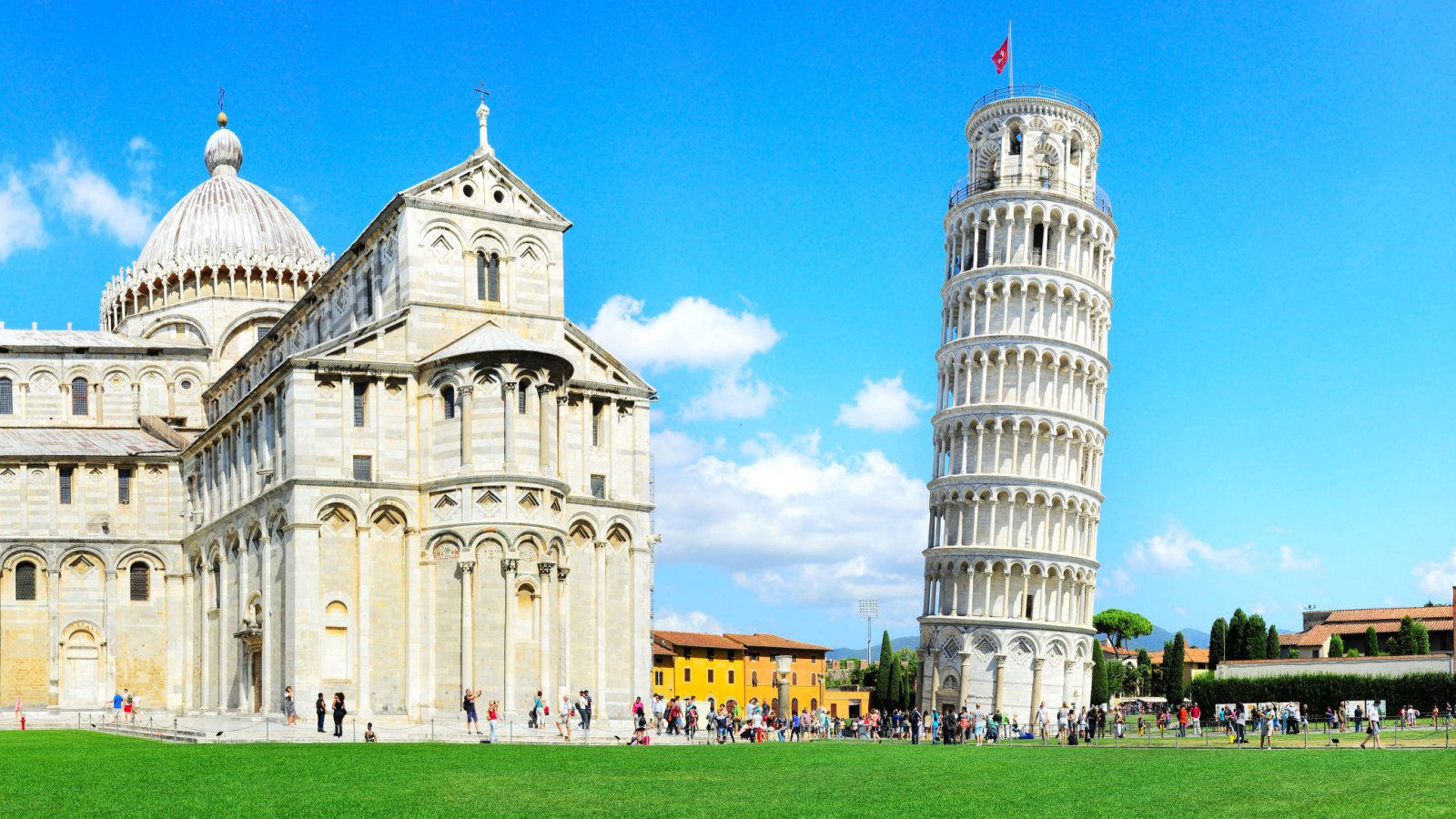
The iconic lean of the Tower of Pisa draws millions, but what you find is a crowded and underwhelming experience. Visitors often leave feeling disappointed by the limited access and the throng of tourists vying for the perfect photo. The area around the tower is commercialized, detracting from its historical charm. “It’s just a leaning tower with too many people around,” laments an online reviewer.
Hollywood Walk of Fame
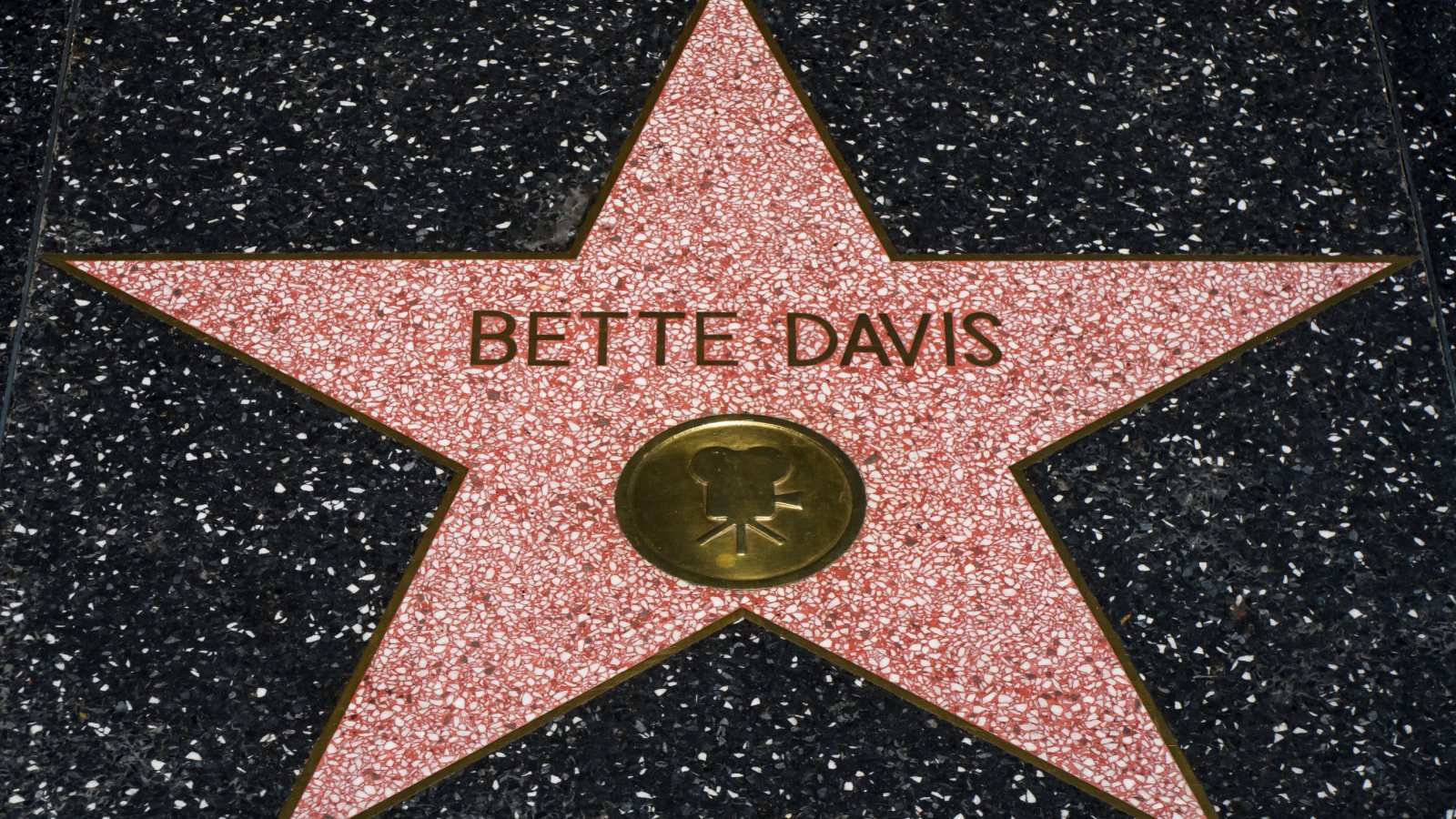
The Walk of Fame, with its thousands of stars, seems promising but falls flat in reality. The streets are often dirty and crowded and lack the glamour one might expect. Tourists find themselves dodging street vendors and performers rather than enjoying the walk. The experience often feels more chaotic than celebratory.
The Little Mermaid Statue in Copenhagen

This small and unimposing statue is surprisingly one of Copenhagen’s biggest tourist draws. However, many visitors are shocked by its diminutive size and lackluster setting. Nestled on a rock by the waterside, the statue is often swamped by tourists, making it hard to appreciate. “I expected something grand, but it was disappointingly small,” shares a tourist online.
The Mona Lisa

Housed in the Louvre, the Mona Lisa is perhaps the world’s most famous painting, but seeing it can be frustrating. The painting is smaller than most expect and often obscured by a sea of heads and camera phones. The protective glass and the room’s lighting can make viewing difficult. Many leave feeling they’ve missed out on the art due to the overwhelming crowd.
Stonehenge
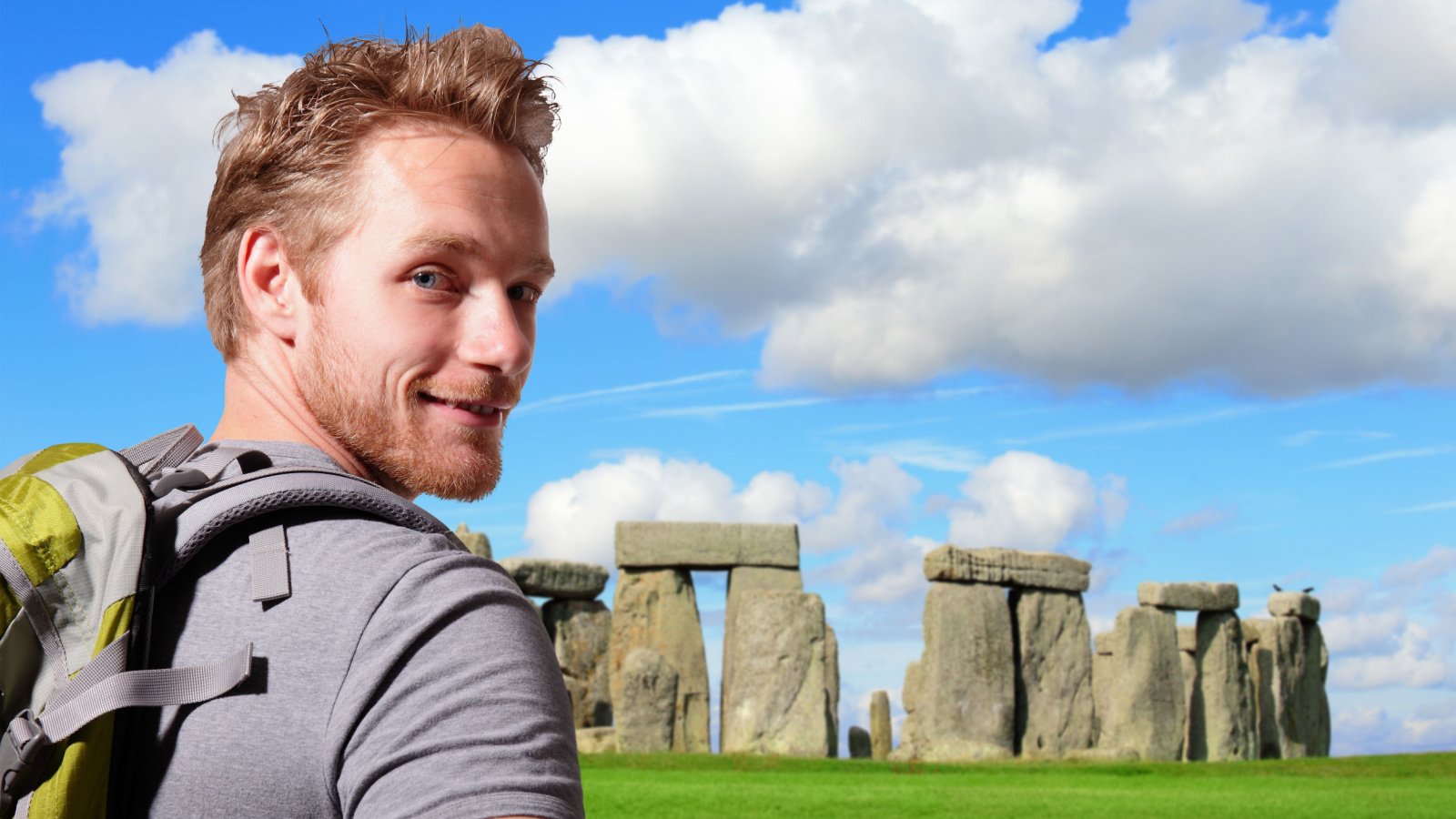
The mystery of Stonehenge is undeniable, but the reality can be underwhelming. Visitors are kept at a distance, making it hard to feel connected to the ancient stones. The surrounding area lacks additional attractions, leaving tourists with little else to do. “It’s just some rocks in a field, far away and not as big as you’d think,” notes a disappointed visitor.
Times Square, New York
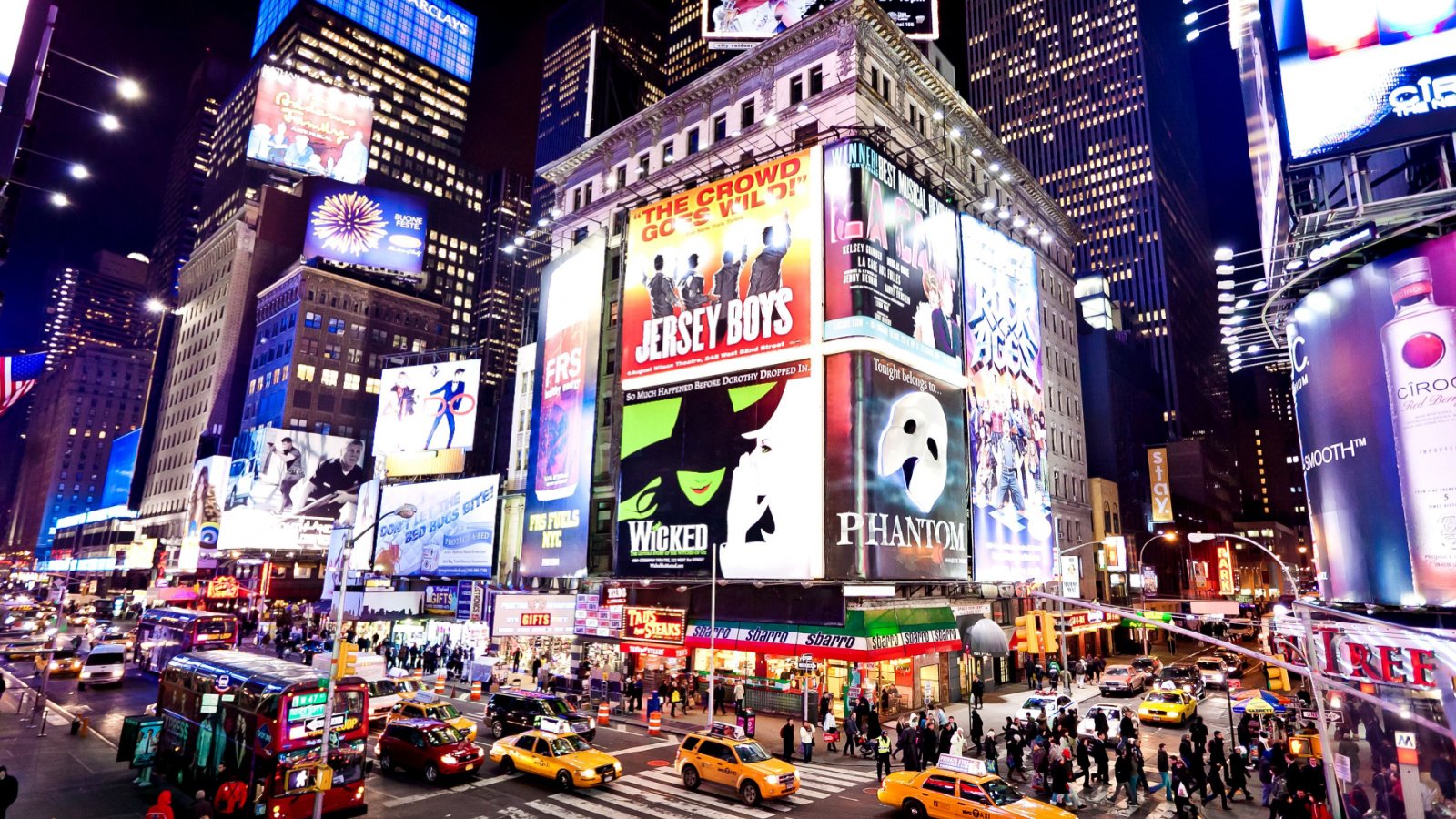
Times Square is often seen as a must-visit, but it’s mostly a sensory overload of lights and noise. The area is packed with tourists and street vendors, making it hard to move around. The constant bombardment of advertisements and commercialization can feel overwhelming. It’s more a hectic hotspot than a cultural experience.
The Blarney Stone, Ireland
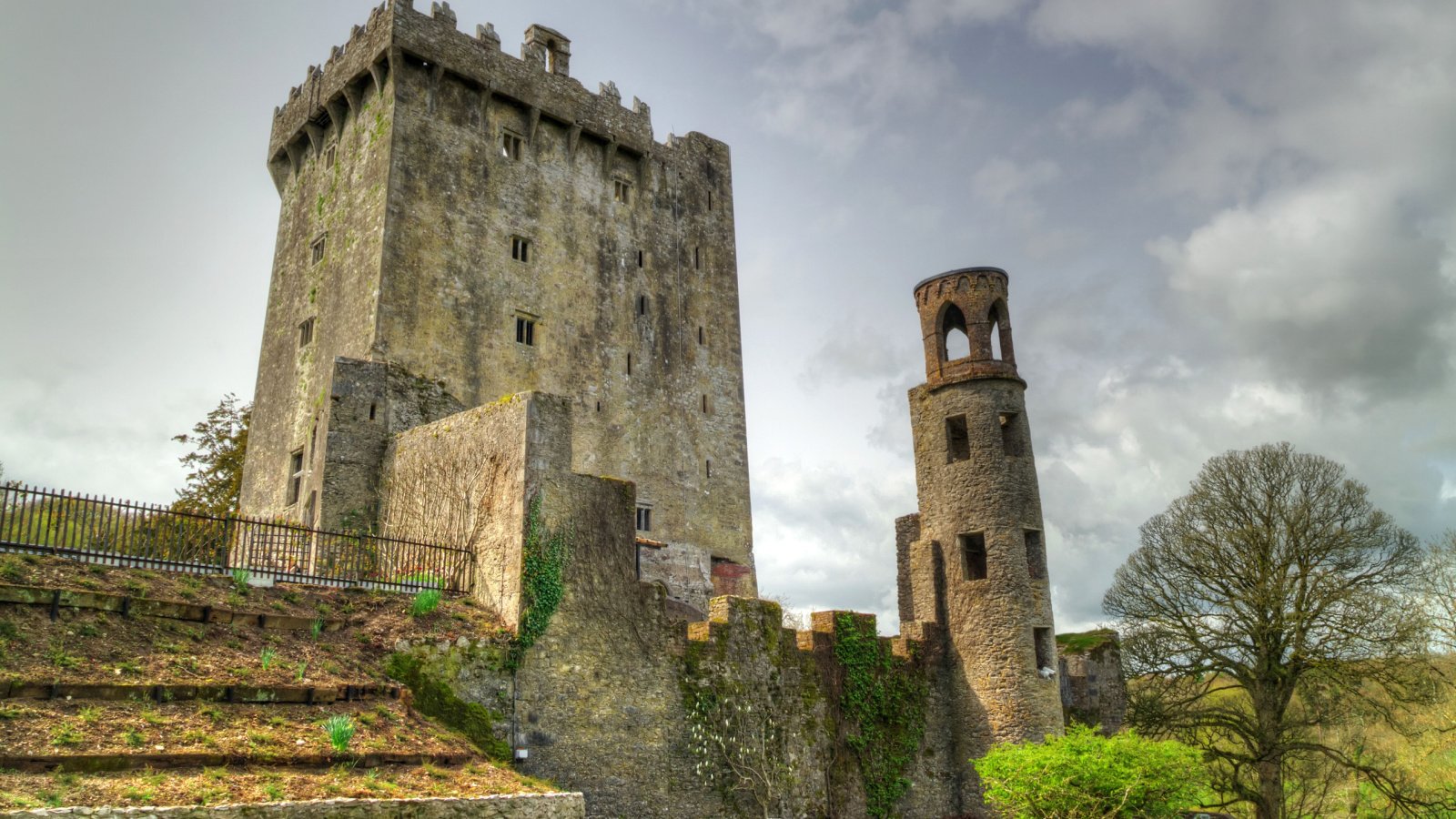
Kissing the Blarney Stone is said to grant the gift of eloquence, but the reality is less enchanting. The wait can be long, and the act of kissing the stone is awkward and unhygienic. Many visitors question the tradition after participating. “It was a long wait for a quick, somewhat gross experience,” remarks an online commenter.
CheckPoint Charlie, Berlin
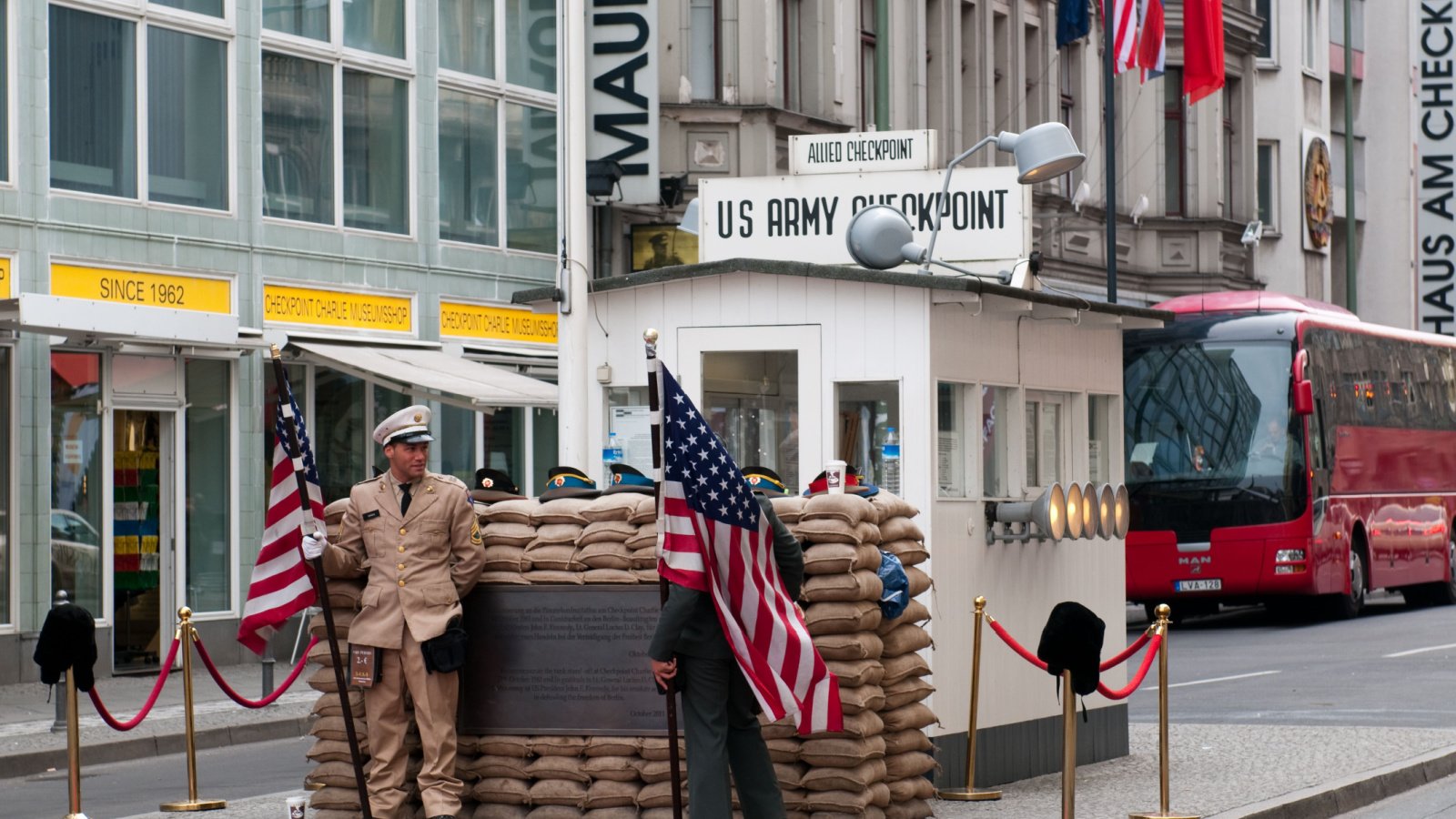
As a symbol of the Cold War, CheckPoint Charlie draws history buffs, but the site is surprisingly commercial. The area is filled with tourist shops, and actors dressed as soldiers can break the historical immersion. The information provided is often seen as superficial and lacking depth. For a true historical experience, other Berlin sites are recommended.
The Great Wall of China
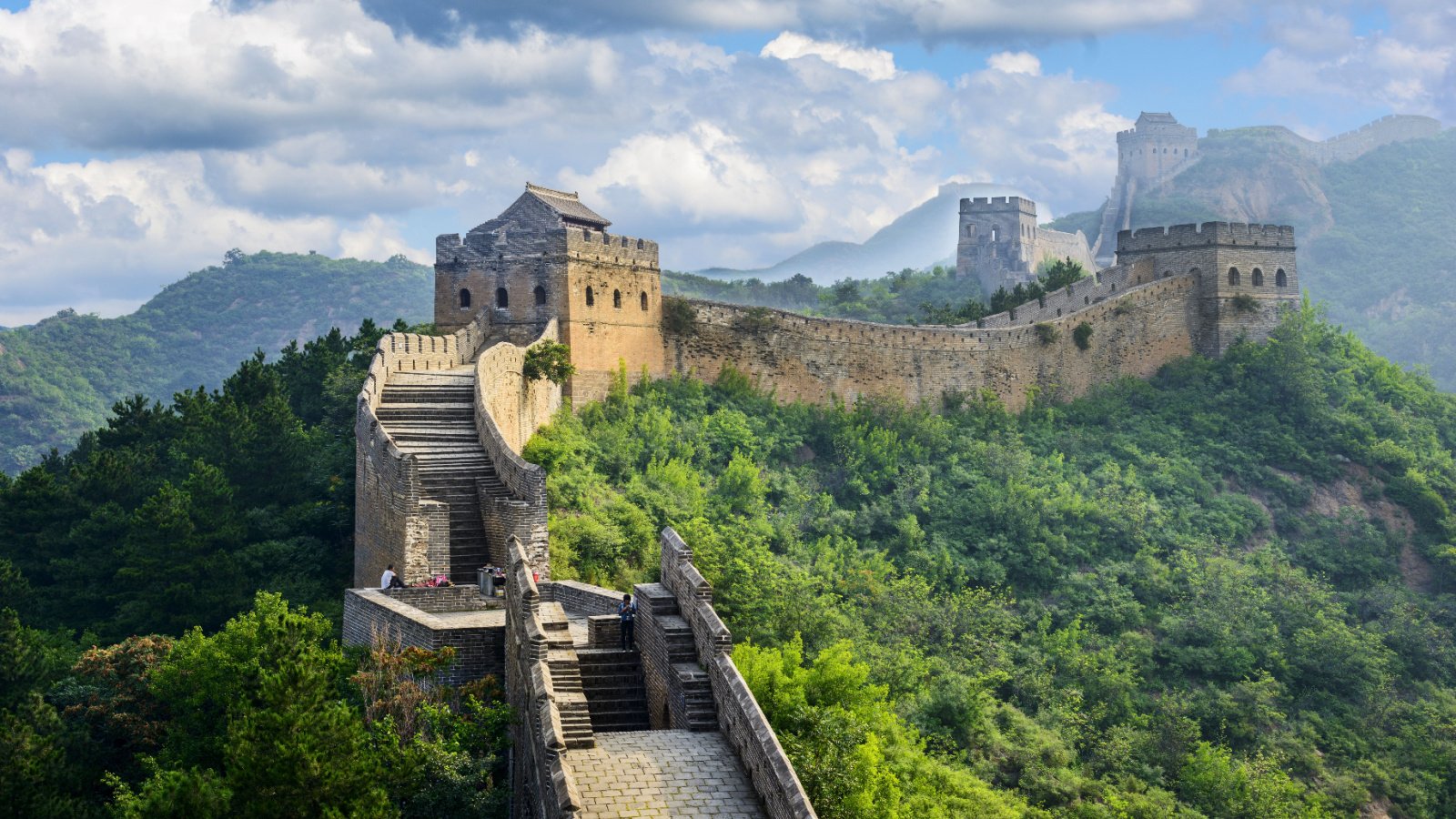
The Great Wall is undoubtedly impressive, but visiting it can be challenging. The crowds, particularly at the most accessible sections, are overwhelming. The terrain is often rough and difficult to navigate for unprepared tourists. “The wall is magnificent, but the experience is marred by overcrowding and discomfort,” an online review reads.
The Sydney Opera House
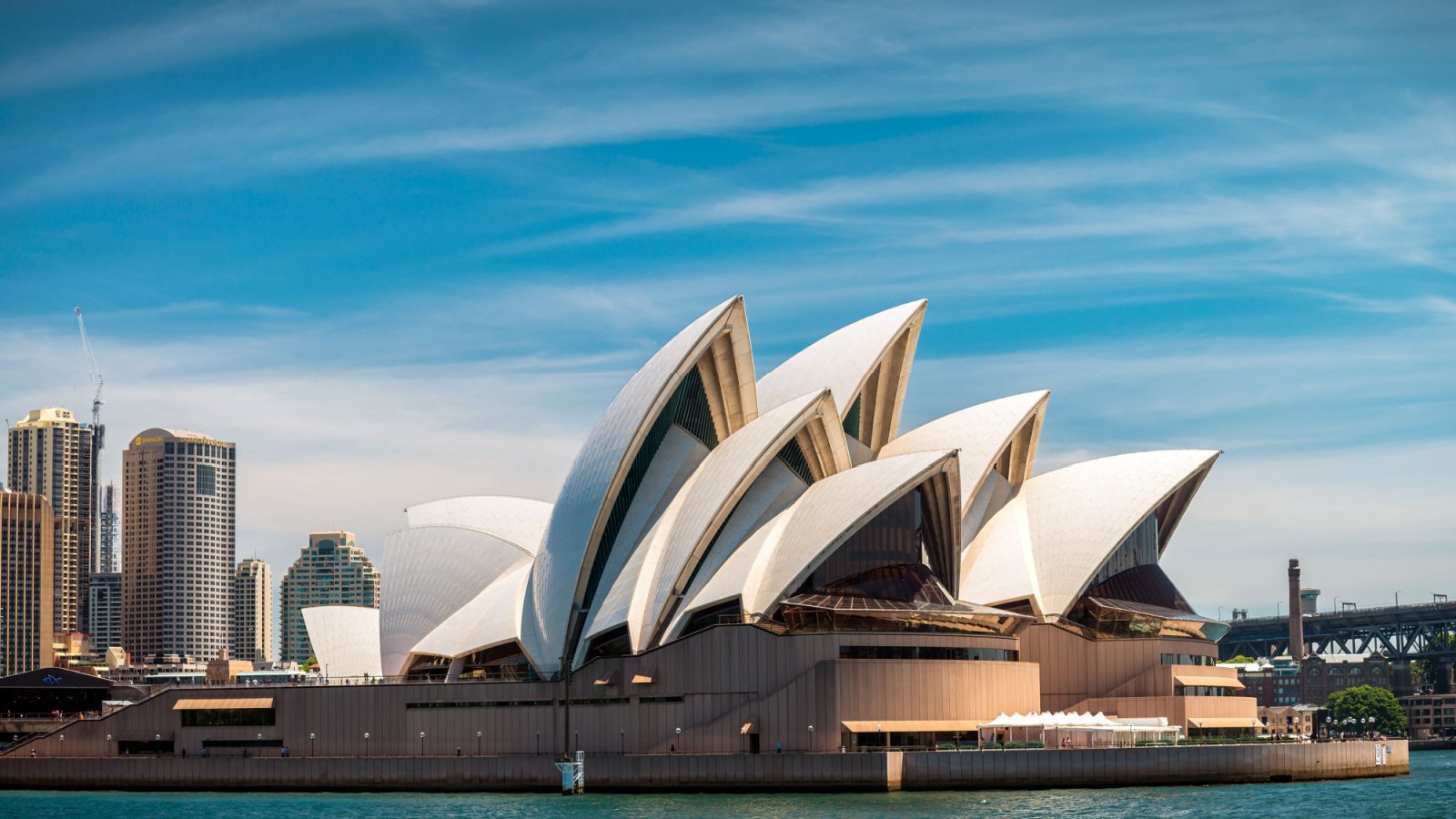
The Sydney Opera House is a marvel from the outside, but the interior often disappoints visitors. The performance halls are surprisingly plain, lacking the architectural flair of its exterior. Tours can be expensive, and photography inside is usually restricted. While the building is an icon, the experience inside doesn’t always live up to expectations.
Plymouth Rock
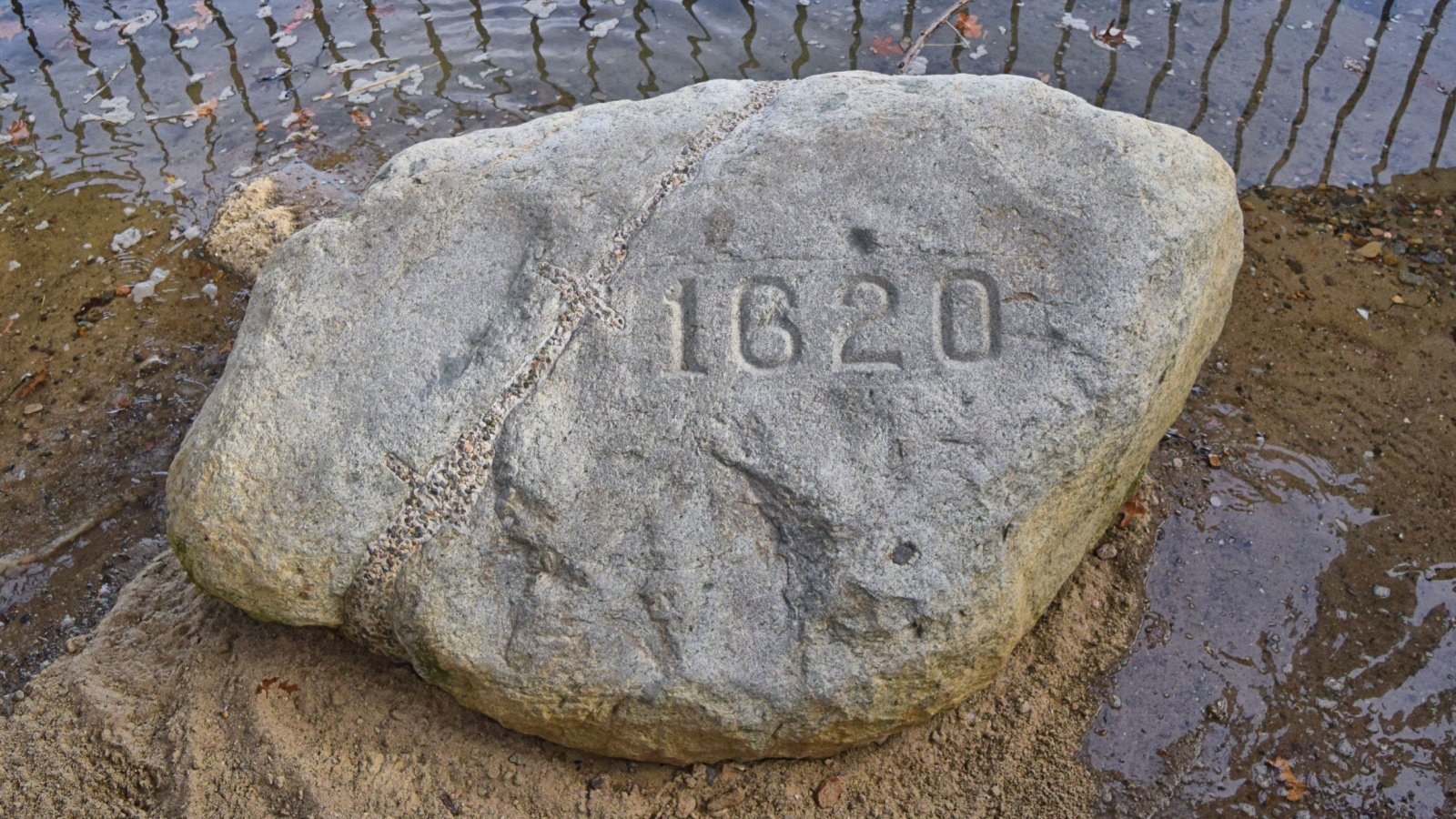
Plymouth Rock, famed for its historical significance, is underwhelming in size and presentation. Encased in a portico, the rock is much smaller than many anticipate. Visitors often express disappointment in both its size and the lack of interactive exhibits. “I was excited to see it, but it’s just a small rock, not much to see,” comments a visitor online.
The Empire State Building
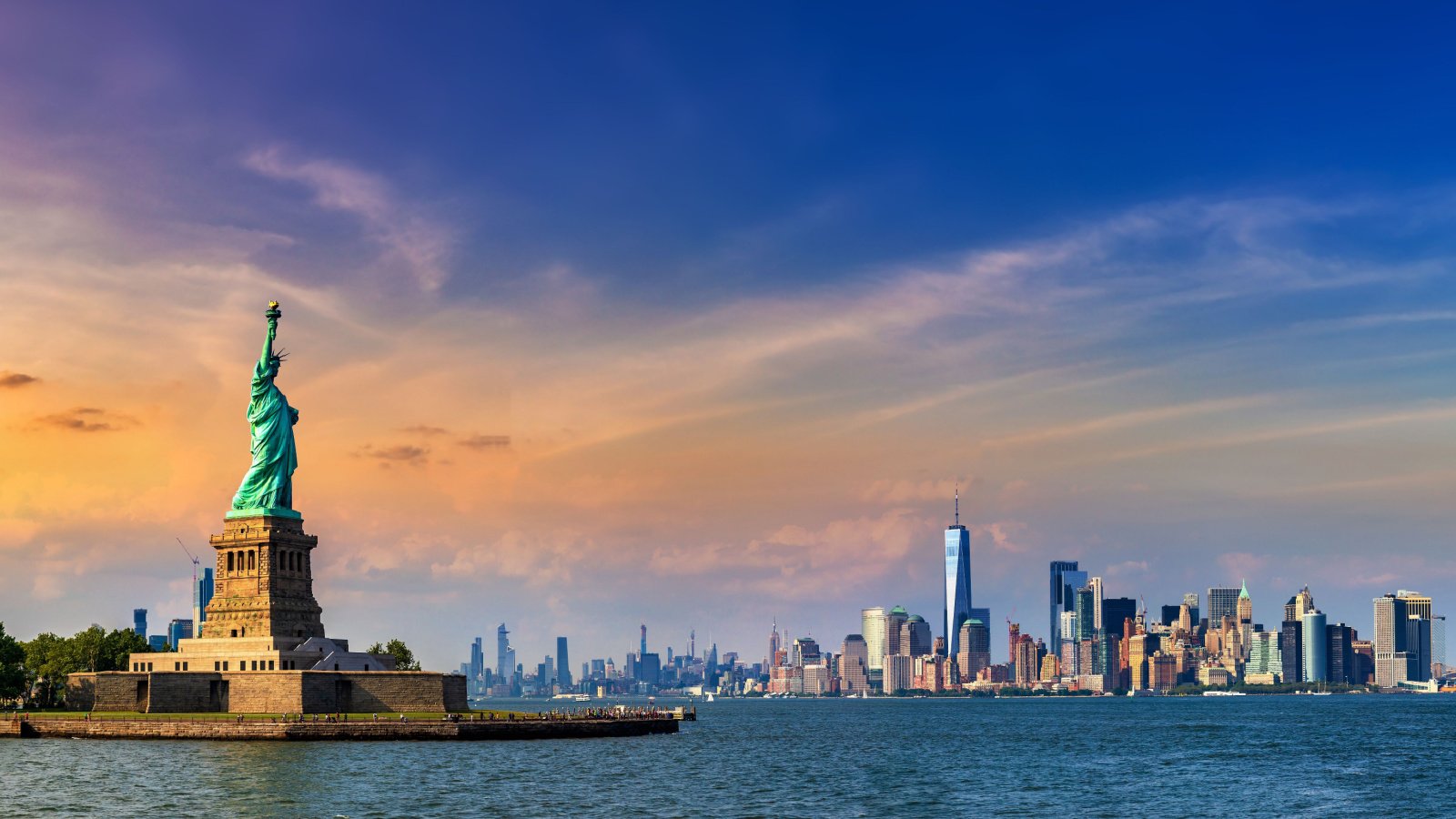
The Empire State Building, while iconic, offers an experience that many find lacking. The observation deck is often crowded, making it hard to enjoy the view. Tickets are expensive, and the wait times can be long. The view is impressive, but many feel it’s not worth the hassle and cost.
The Eiffel Tower
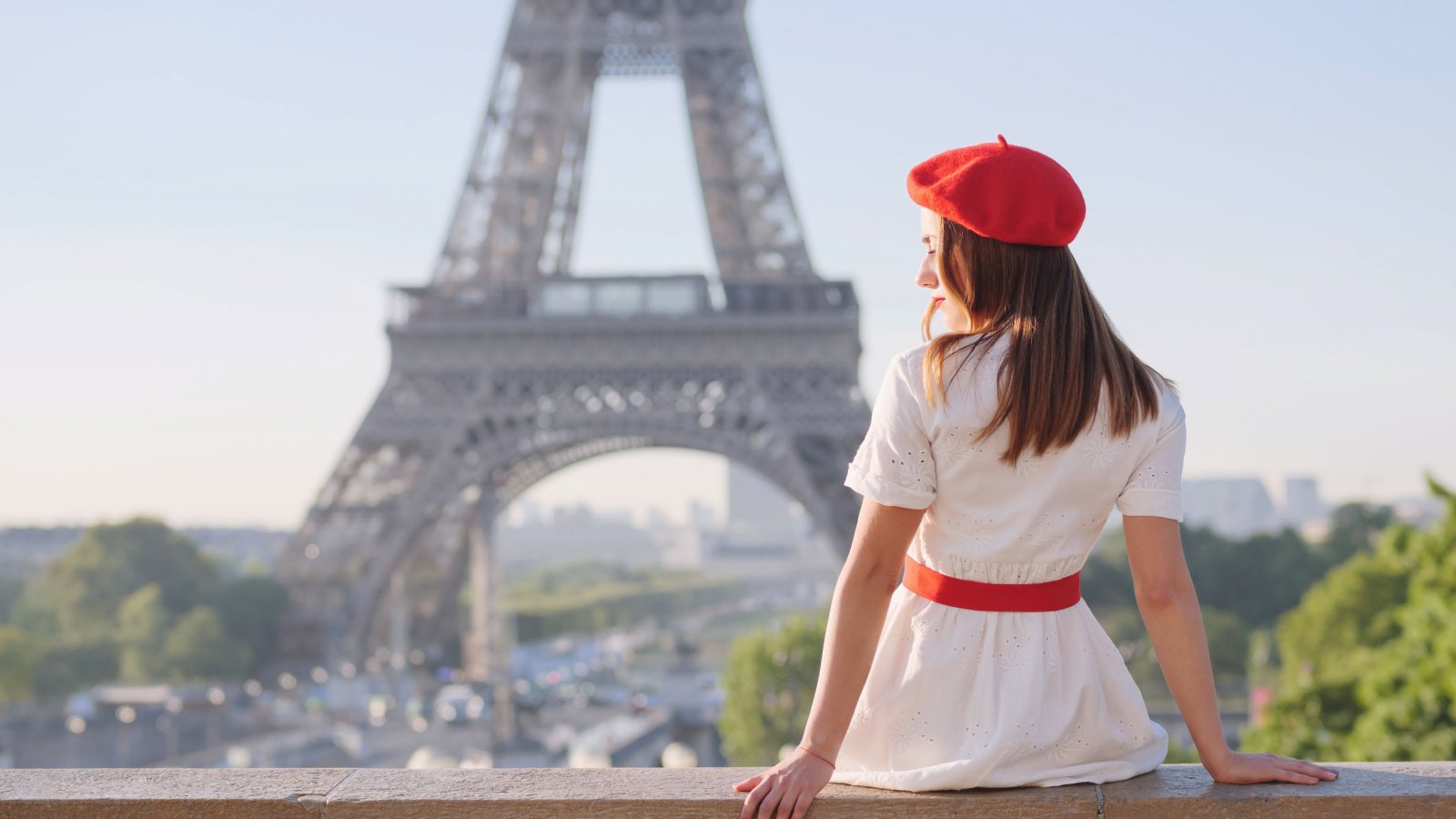
The Eiffel Tower, a symbol of romance, often loses its charm amidst the long lines and crowds. Visitors find the wait times for elevators excruciating, and the top can be uncomfortably crowded. The surrounding area is often filled with aggressive vendors and pickpockets. “The view is nice, but the experience getting there takes away the magic,” shares a tourist.
The Golden Gate Bridge
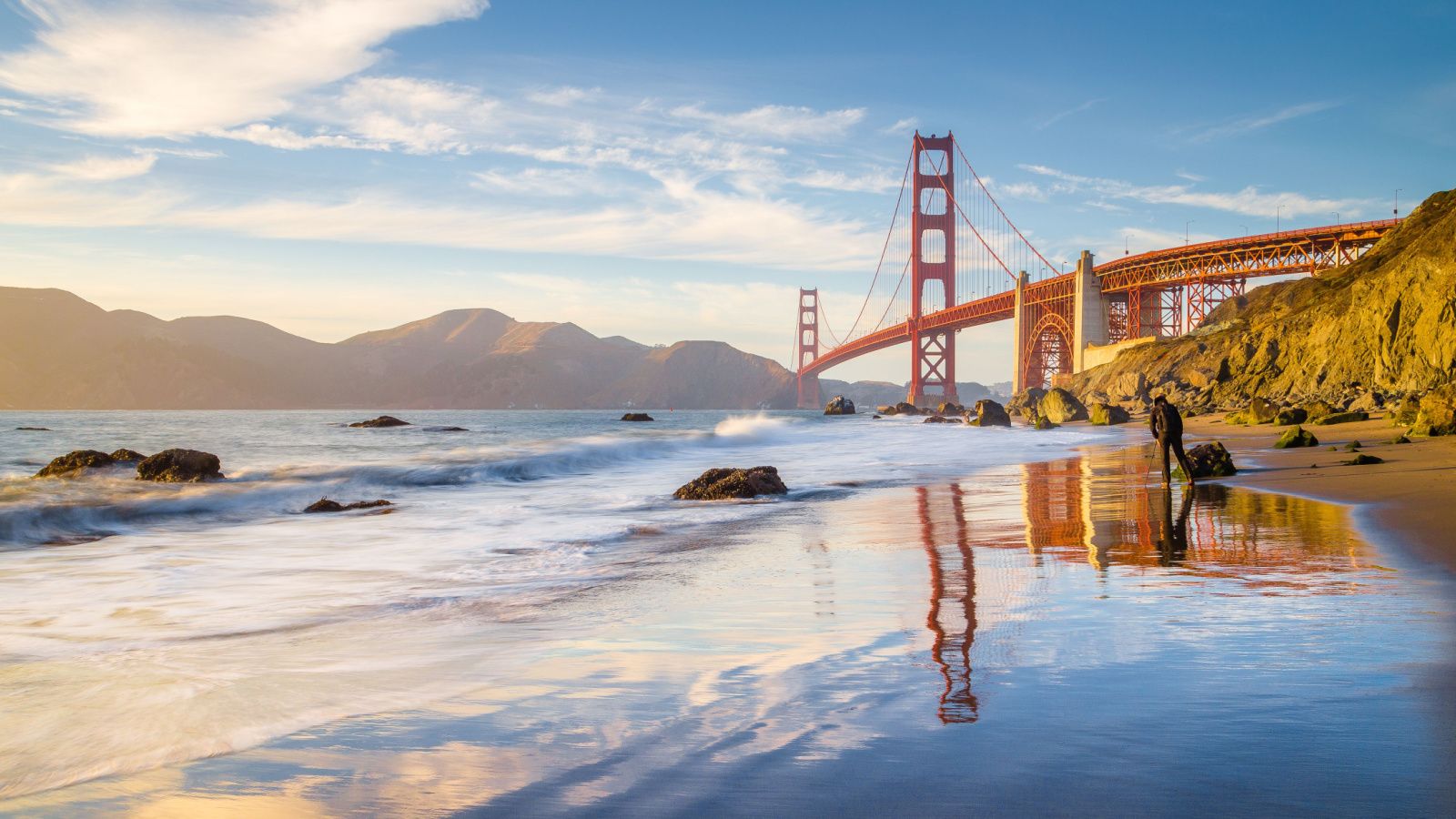
The Golden Gate Bridge, while an engineering marvel, can be underwhelming as a tourist attraction. Walking across the bridge can be windy and unpleasant, with limited views due to fog. The area is often crowded with tourists and cyclists, making a peaceful walk challenging. It’s a beautiful structure, but as an attraction, it might not meet expectations.
The Colosseum

The Colosseum in Rome is a must-see for history enthusiasts, but the experience can be taxing. The ruins, while impressive, are often overrun by tourists and street vendors. The heat and lack of shade can make the visit uncomfortable, especially in summer. “It’s an amazing site, but the crowds and heat made it hard to enjoy,” notes an online reviewer.
The London Eye
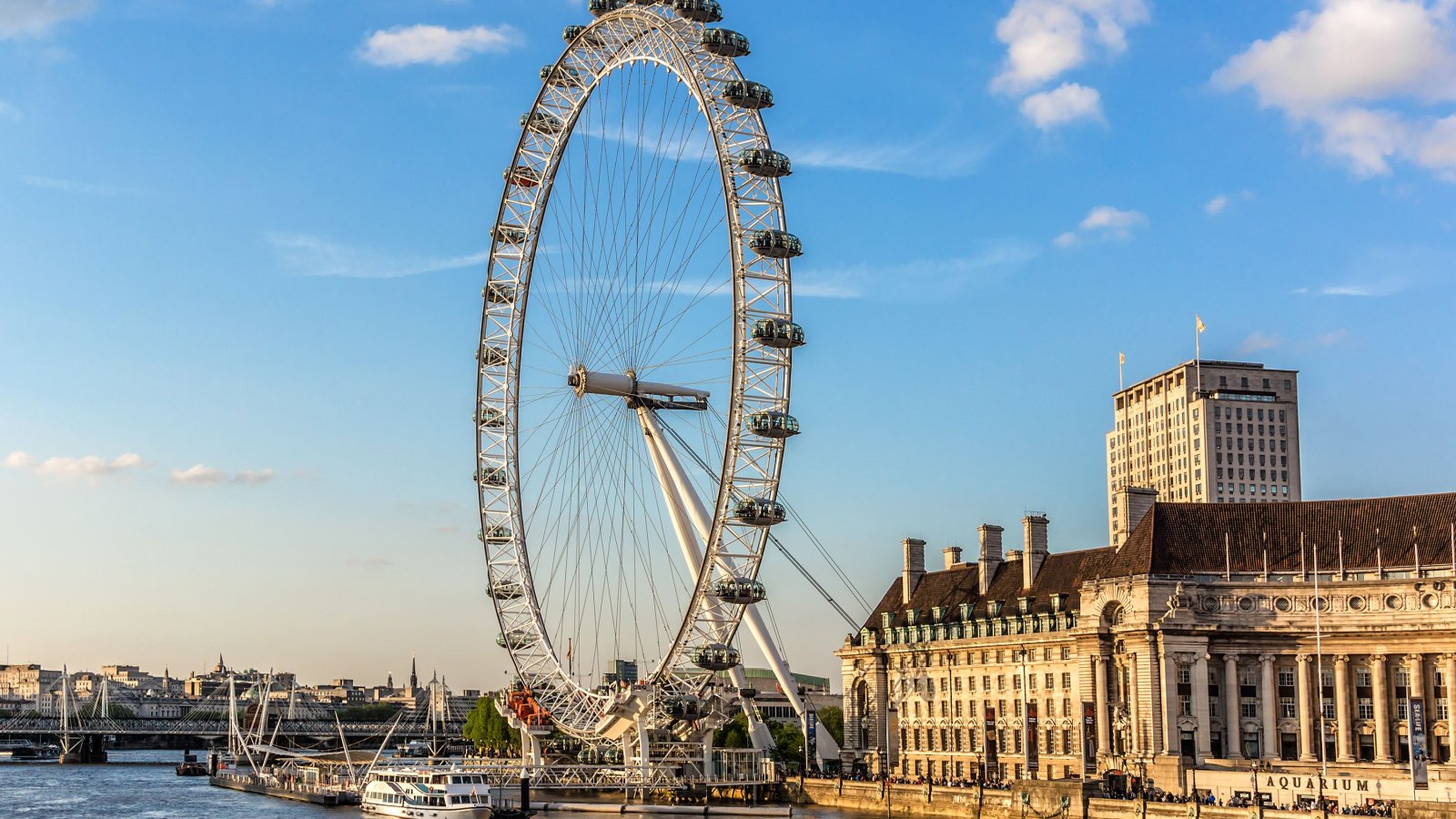
The London Eye offers panoramic views of the city, but the experience is often described as underwhelming. The capsules are cramped, and the rotation is slow, diminishing the excitement. The cost of a ride is high, and the views, while nice, are not unique. Many visitors feel that there are better ways to see London.
Niagara Falls
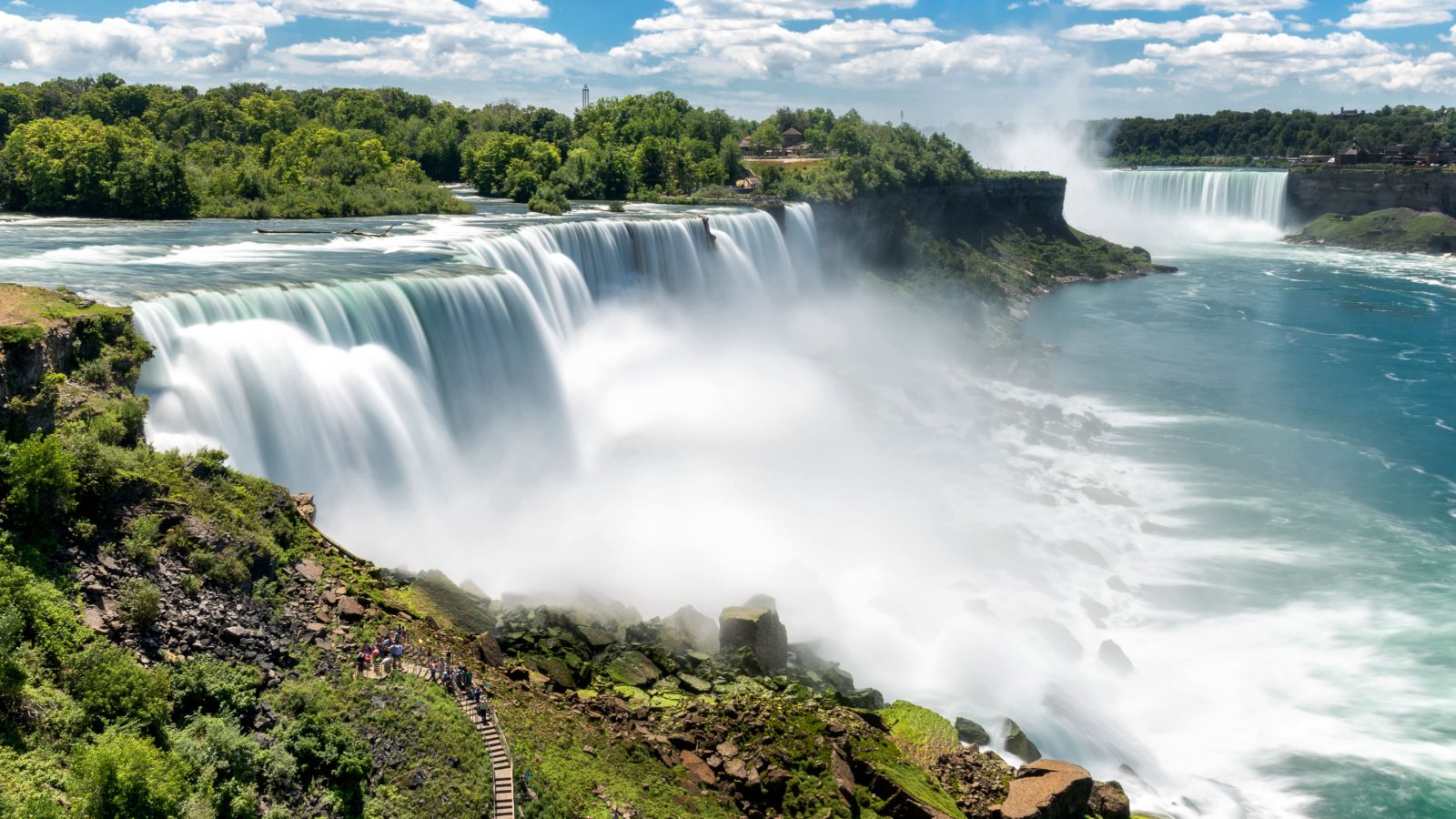
Niagara Falls is undoubtedly a natural marvel, but the surrounding area is heavily commercialized. The beauty of the falls can be overshadowed by the crowds and tacky tourist attractions nearby. Many visitors are surprised by the cost of activities and the overall commercial feel. “The falls are breathtaking, but the area feels like a tourist trap,” an online comment reads.
The Sphinx of Giza
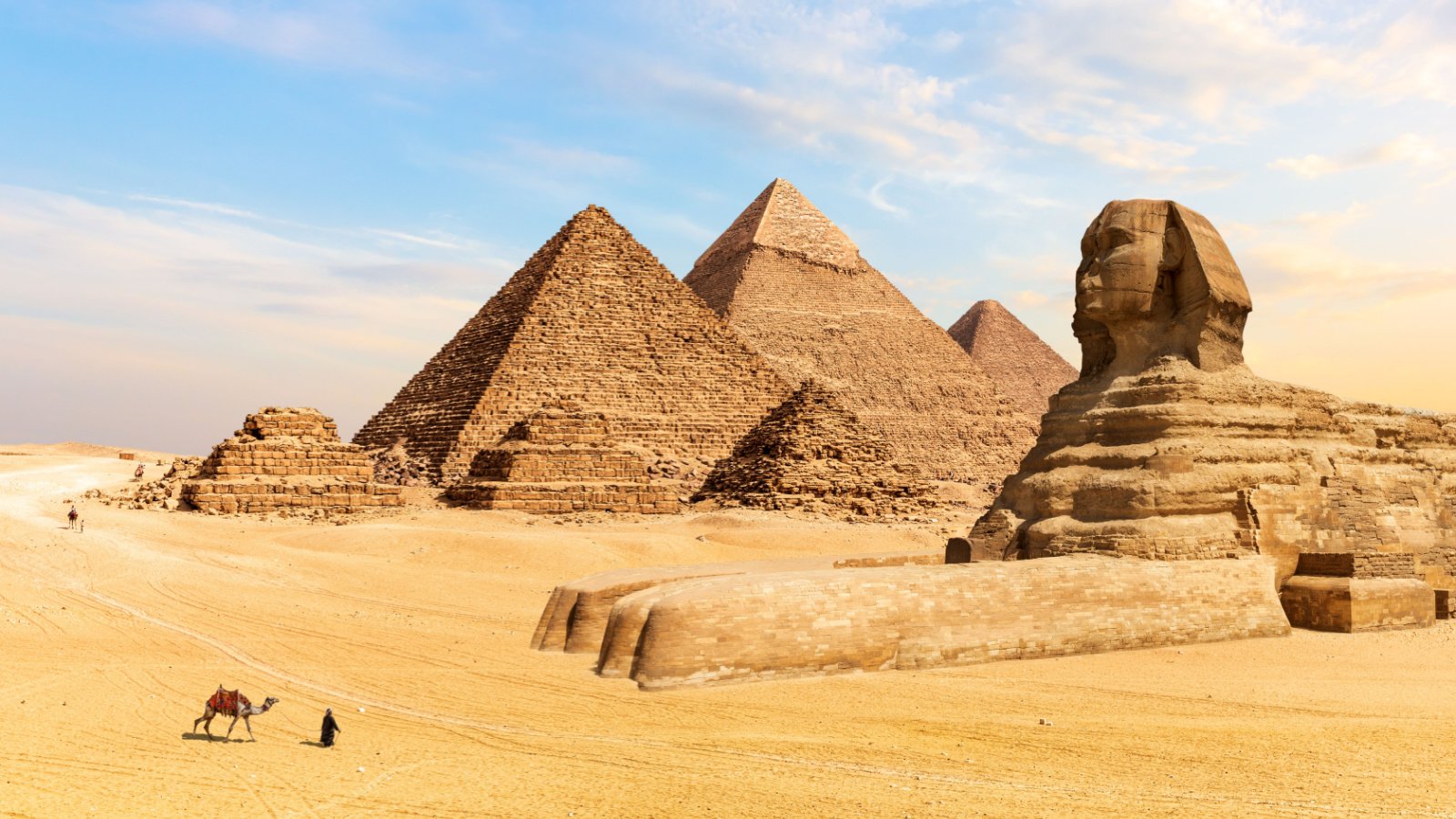
The Sphinx of Giza is an ancient wonder, but visiting it can be a hassle. Tourists often face aggressive vendors and camel drivers, detracting from the experience. The site is smaller than many expect, and the proximity to the city can be jarring. It’s a site of historical significance, but the experience is often marred by the surroundings.
Christ the Redeemer, Rio de Janeiro
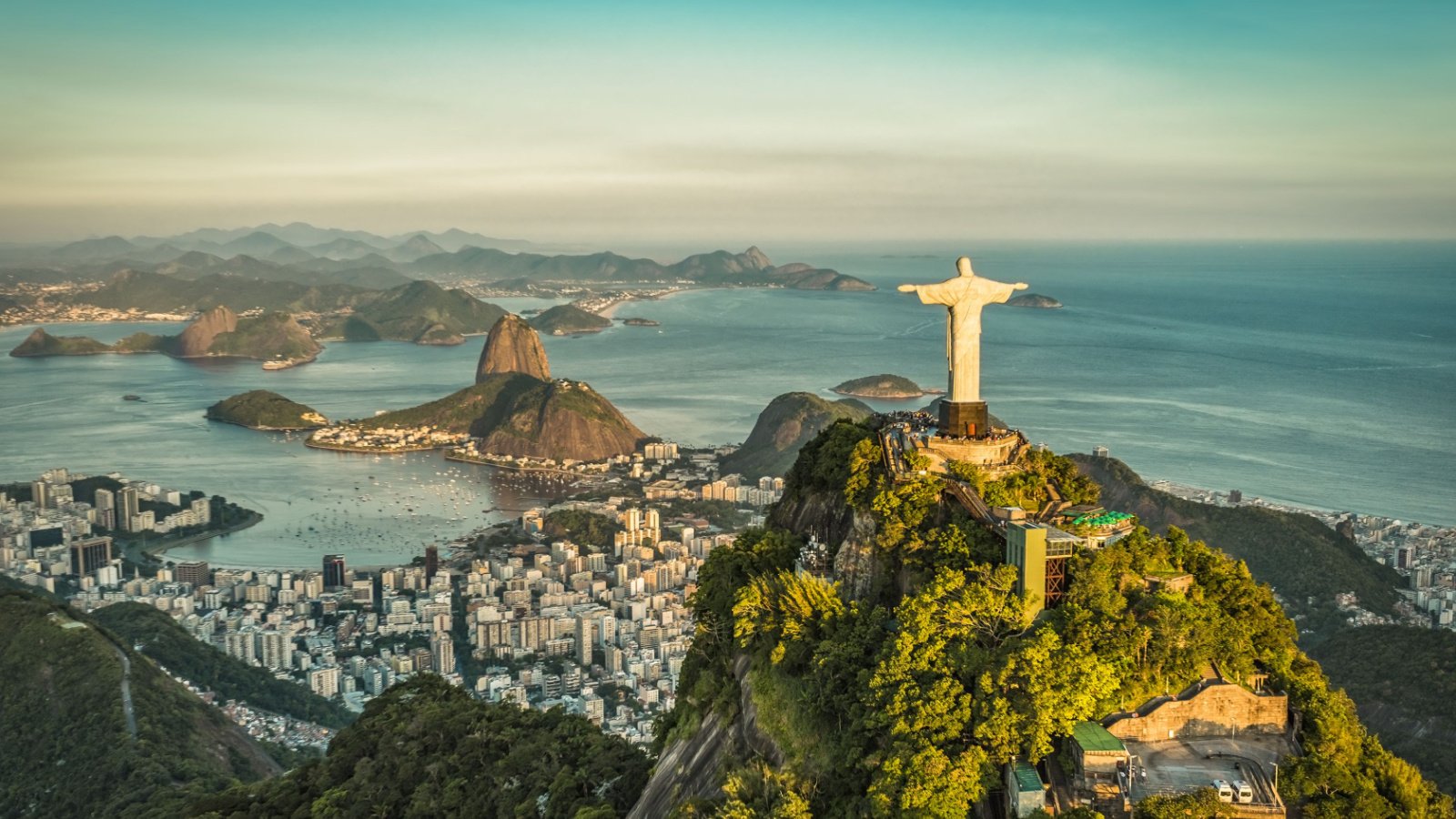
The iconic Christ the Redeemer statue offers stunning views, but the site is often too crowded to enjoy. The small platform at the statue’s base gets packed quickly, making it hard to take in the view or get good photos. The journey to the top can be time-consuming and crowded. “The view is great, but it’s too crowded to truly enjoy,” says a visitor.
The Grand Canyon
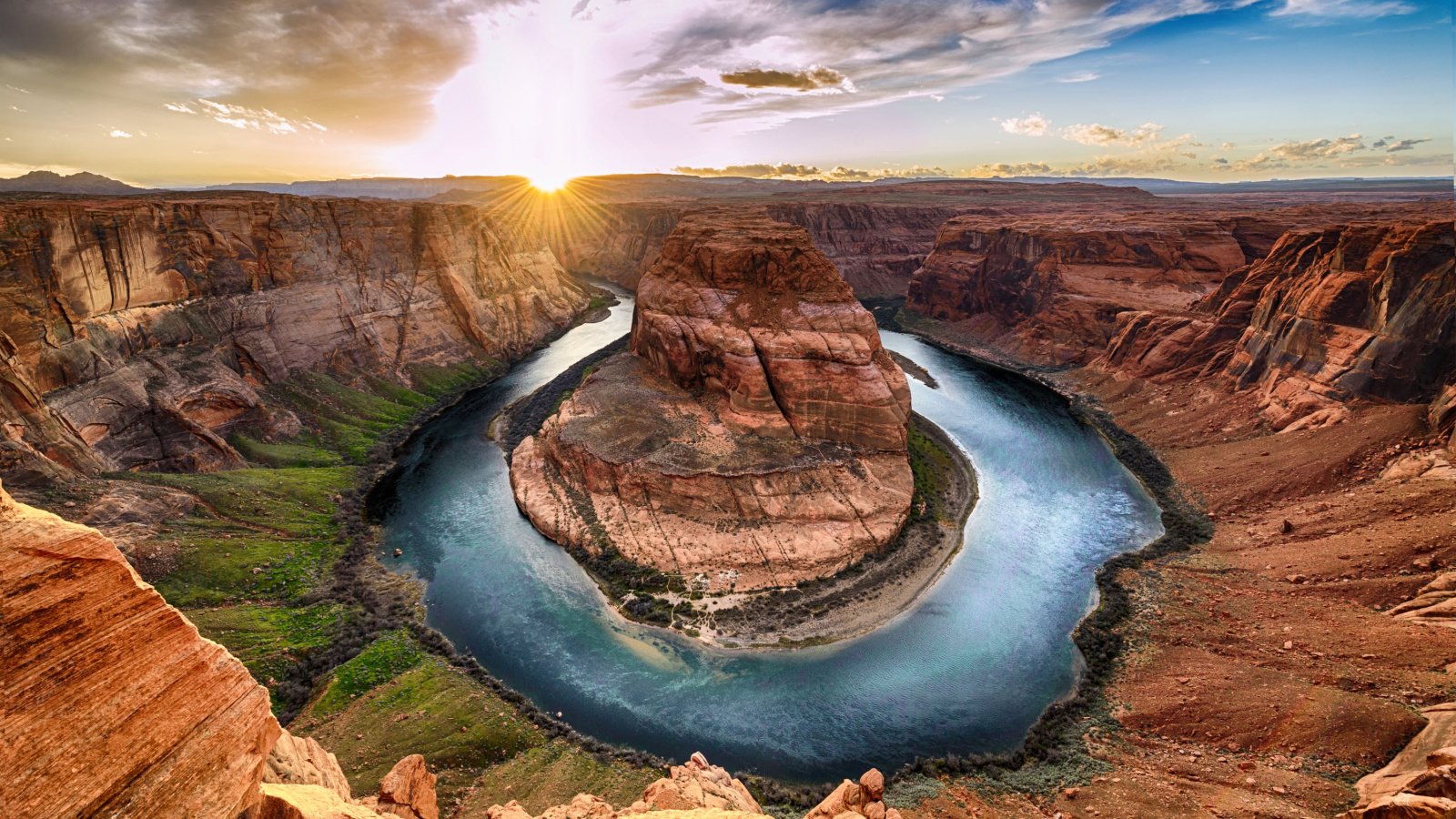
The Grand Canyon’s vastness is undeniably breathtaking, but some visitors find the experience monotonous. The viewpoints can feel similar after a while, and the area lacks variety in activities. The remote location makes it a significant commitment for travelers. While majestic, it’s not everyone’s ideal destination.
Mount Rushmore
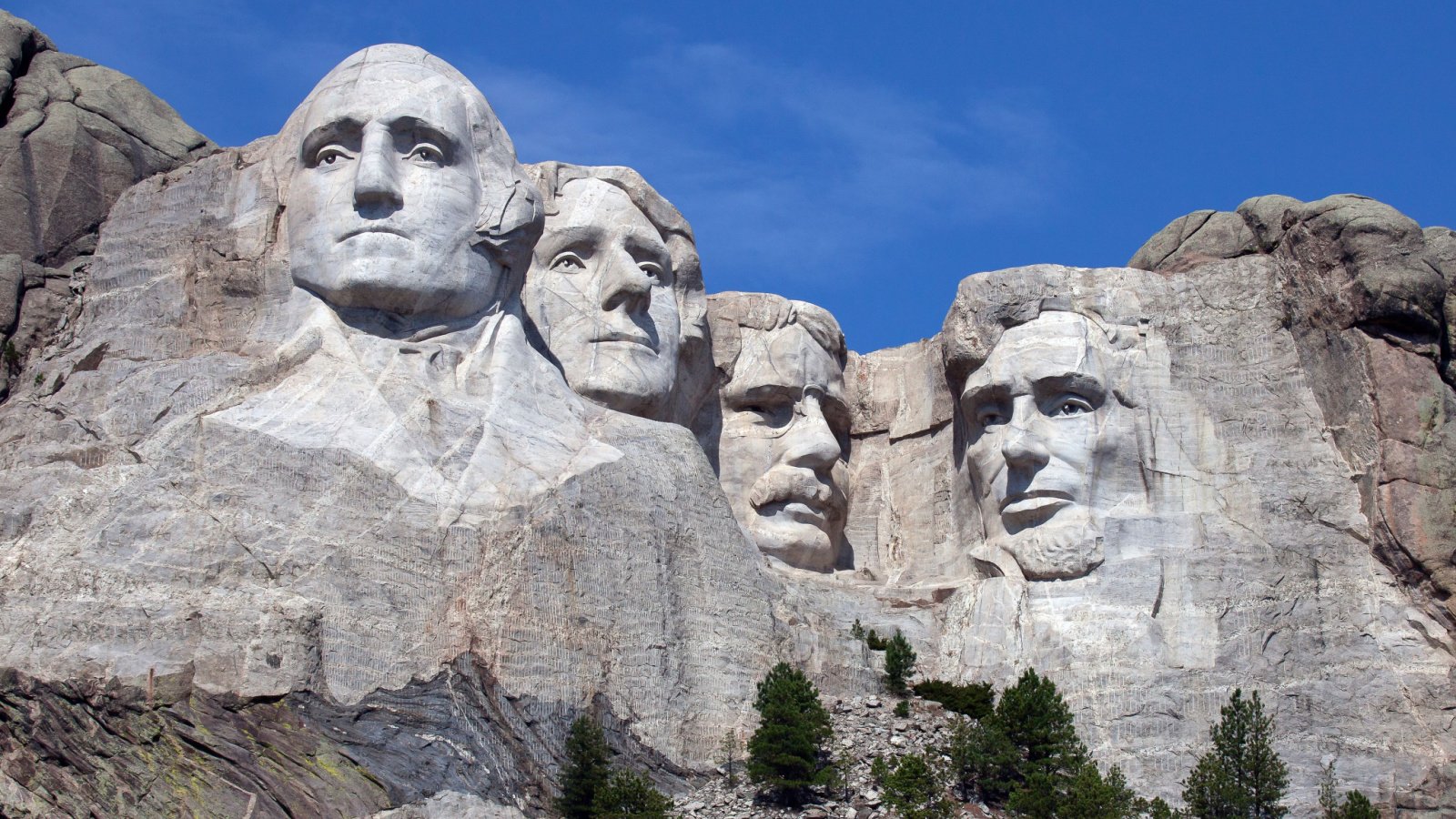
Mount Rushmore is an American icon, but its remote location and limited activities disappoint many. The viewing area is smaller than expected, and the site lacks interactive or educational elements. The distance to the monument is considerable for most travelers. “It’s impressive, but there’s not much to do once you’re there,” a tourist comments online.








